Image
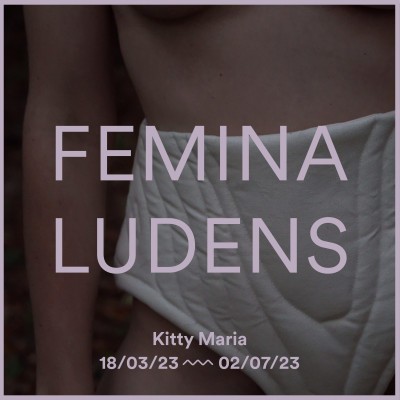


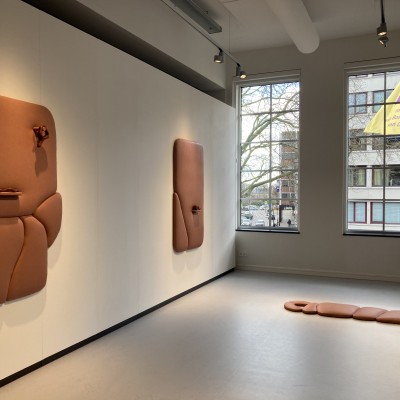
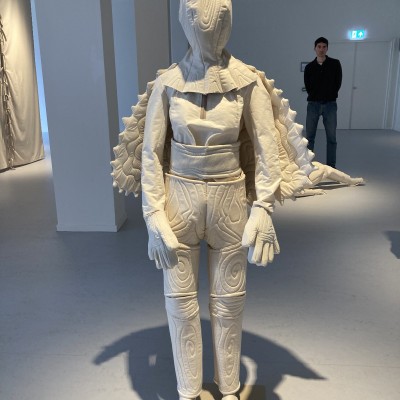
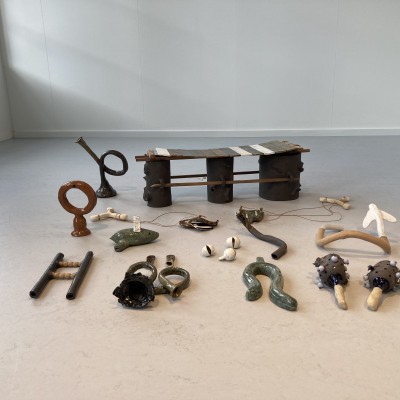
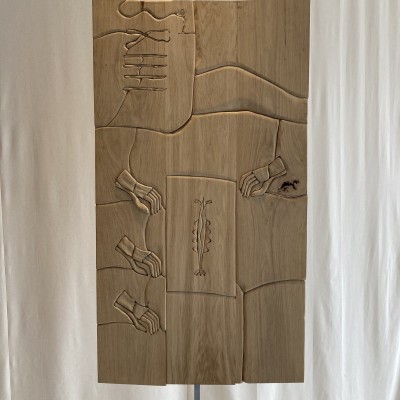
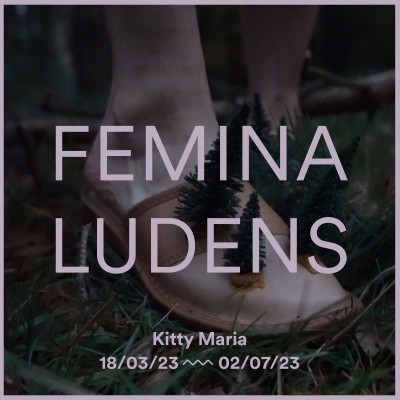
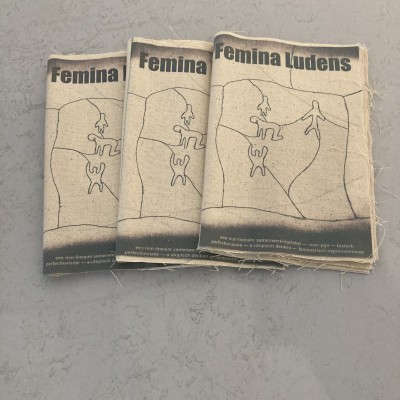
With the exhibition ‘Femina Ludens’, video and performance artist Kitty Maria (NL, 1992) presents her first museum solo exhibition. The talented maker has been living and working in Amsterdam for several years now, but has her roots in Ottersum, Limburg. In her art, Kitty Maria critically and sometimes humorously examines automation in the workplace. What does the replacement of human labour by machines or computers mean for people and their environment? Through videos, performances, sculptures and installations, she claims space for experimentation, play and feminism in normally economy-driven environments. The ‘Femina Ludens’ exhibition can be seen at Museum van Bommel van Dam in Venlo from 18 March to 2 July 2023. For exhibition website, click here.
How much space do we have left for play and experimentation in our largely automated lives where everything has to be done as efficiently as possible? In her work, Kitty Maria investigates this space for play, placing herself in companies to study production processes up close. Sometimes she takes part in them herself and at other times her presence provides a strange interruption to the daily routine. For instance, the Femina Ludens exhibition features the video Saw Mill Gdansk_ 22-10-2021, in which the artist performs artistic performances in a sawmill in Poland. Amid the seemingly unruffled production taking place there, she seeks rapprochement with the heavy machinery and briefly tries to relieve it of its high workload. Femina Ludens, which literally means ‘woman at play’, is a call for small-scale economic resistance and claiming space for experimentation, play and feminism. Whereas our current economy is based on a traditional and masculine model centred on profit and economic growth, Kitty Maria puts other values first. “She manages to put up an exhibition that makes visitors think and perhaps leaves them with an urge to play,” says curator Sjors Bindels. During the run of the exhibition, Kitty Maria will be present herself at a number of moments and perform some performances together with performance artist and designer Elise Ehry (FR, 1991).
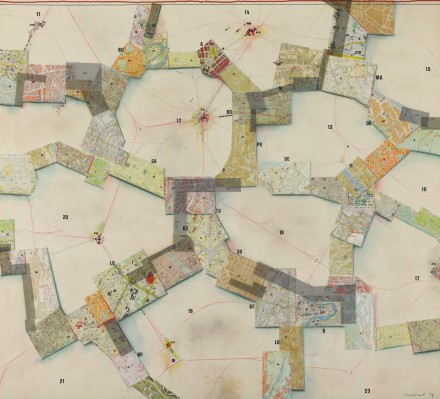


With the Femina Ludens exhibition, Kitty Maria builds on the ideas of Dutch artist Constant Nieuwenhuys (Amsterdam, 21 July 1920 — Utrecht, 1 August 2005). He was one of the founders of the CoBrA movement, which included artists such as Corneille and Karel Appel. Constant spent years building a fictional city called New Babylon. Through models, constructions, geographical maps, paintings, drawings, watercolours, graphics, films and texts, he shaped this new world. He based its inhabitants on the idea of the Homo Ludens, the ‘playing man’. An accelerated process of automation would free them from their daily labour. In this city of the future, it was no longer about towering achievements for economic purposes. Here, everyone could finally live uninterrupted in a world of play. To this day, and perhaps precisely in today’s society, Constant’s world of play is an inspiration for many contemporary artists, including Kitty Maria.
Kitty Maria received her bachelor’s degree from ArtEZ (Arnhem, NL) and her master’s from the Sandberg Institute (Amsterdam, NL). She received a Young Talent Work Grant from the Mondriaan Fonds in 2019 and currently receives financial support from the Prins Bernhard Cultuur Fonds and the Mondriaan Fonds. Her work has been shown at Palais de Tokyo (Paris, FR), International Design Biennial (St Etienne, FR), Museum für Kunst & Gewerbe (Hamburg, DE), De Appel (Amsterdam, NL), TAC (Eindhoven, NL), Het Resort (Groningen, NL), Macao (Milan, IT), Het Nieuwe Instituut (Rotterdam, NL), Am Ende Des Tages (Düsseldorf, DE) and Combo (Venice, IT), among others.
Femina Ludens was created in collaboration with:
Artist Alban Karsten (NL, 1983), performance artist and designer Elise Ehry (FR, 1991) and art historian, theatre scholar and writer Marieke van Ekeren (NL, 1990)
Femina Ludens was created with support from:
Mondriaan Fonds, Constant 101, Borderland Residencies, Ministry of Culture and Science of the State of North Rhine-Westphalia, Prins Bernhard Cultuurfonds, Fonds Kwadraat and Gemeente Gennep